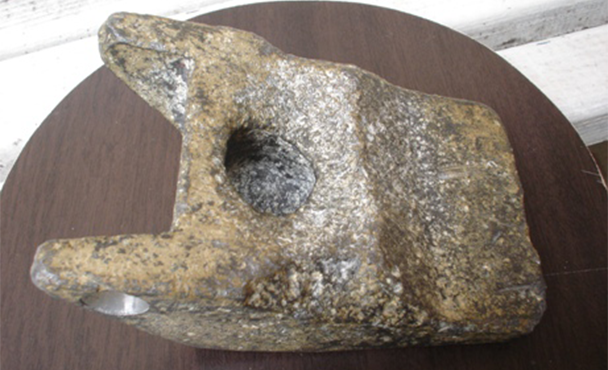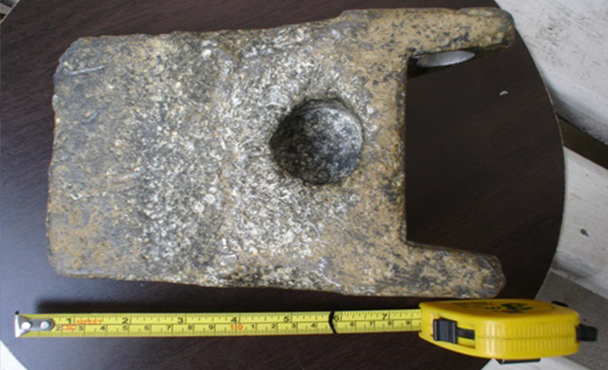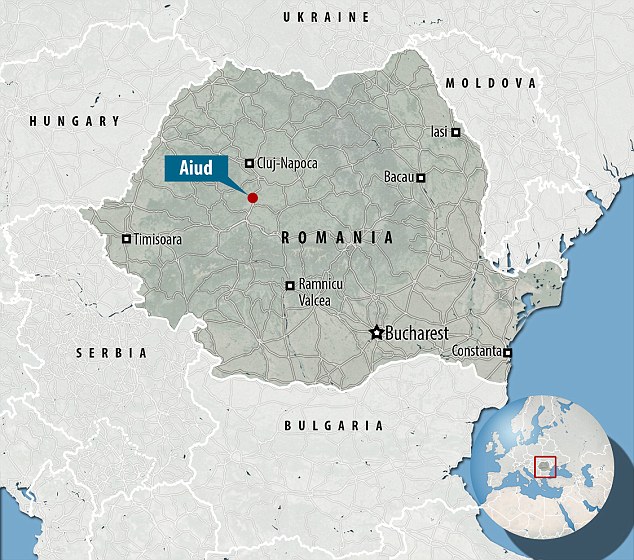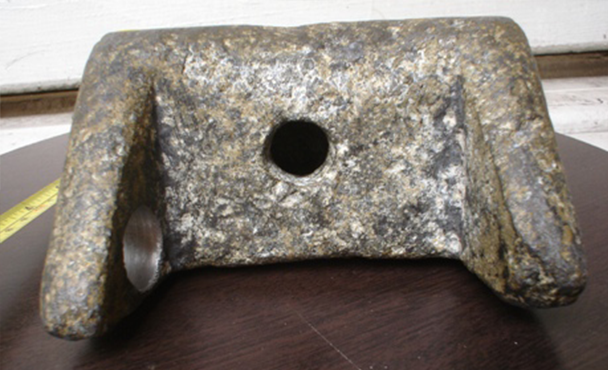The Aiud Artifact: 2,50,000 Years Old Piece Of Machinery Found In A Fossilized Bone
The 250,000-year-old evidence that aliens once invaded Earth is hailed as a piece of aluminium that appears as though it was handmade. According to CEN, the finding of the mysterious chunk of metal in communist Romania in 1973 was not made official at the time.
After research, the item was discovered to be, to some extent, an ancient relic made of 12 metals and 90% aluminium with Romanian officials estimating it was in the range of 250,000 years old. The initial results were later confirmed by a lab in Lausanne, Switzerland, CEN reports.
Metallic aluminium was not really produced by mankind until around 200 years ago, so the discovery of the large chunk that is claimed to be up to 250,000 years old is being held up as a sensational find.

In 1973, builders working on the shores of the Mures River not far from the central Romanian town of Aiud found three objects 10 metres (33 feet) under the ground.
They appeared to be unusual and very old, and archaeologists were bought in who immediately identified two of them as being fossils. The third looked like a piece of man-made metal, although very light, and it was suspected that it might be the end of an axe.
All three were sent together with the others for further analysis to Cluj, the main city of the Romanian region of Transylvania. It was quickly determined that the two large bones belonged to a large extinct mammal that died 10,000-80,000 years ago, but experts were stunned to find out that the third object was a piece of very lightweight metal, and appeared to have been manufactured.


The object is 20 centimetres (7.8 inches) long, 12.5 centimetres (4.9 inches) wide and 7 centimetres (2.8 inches) thick. What puzzled experts are that the piece of metal has concavities that make it look as if it was manufactured as part of a more complex mechanical system.
Now a heated debate is going on that the object is actually part of a UFO and proof of visitation by an alien civilisation in the past.

Gheorghe Cohal, the Deputy Director of the Romanian Ufologists Association, told local media: ‘Lab tests concluded it is an old UFO fragment given that the substances it comprises cannot be combined with technology available on Earth.’
However, local historian Mihai Wittenberger claims that the object is actually a metal piece from a World War II German aircraft. He believes that it is a piece of the landing gear from a Messerschmitt ME 262.
The UFO hunters say that this explanation does not explain the age of the artefact. The metal object has now gone on display in the History Museum of Cluj-Napoca, with a sign that reads ‘origin still unknown’.
‘It is fairly rare for people to find chunks of metal attributed to UFO crashes’, Nigel Watson author of the UFO Investigations Manual told MailOnline.
‘The (in)famous Roswell flying saucer crash of 1947 is alleged to have left wreckage that was impossible to cut or burn and would return to its original shaped if crumpled up.
‘Unfortunately, the USAF whisked all the wreckage away leaving conspiracy theorists to think that the US government has a flying saucer stashed away in Area 51.
‘If UFO wreckage is kept from the grasp of the US government, or by mystery “Men In Black”, it usually has a mundane explanation.
‘In some cases, our own satellites have crashed and have been regarded as UFO wreckage, which is a good way of keeping a space mission secret.
‘In this instance, it could be the wreckage of a satellite, and that’s why it was kept secret back in 1973.
‘As with all such cases, the debate between the UFO supporters and people with more Earthly explanations tends to rumble on without either side conceding defeat’.





